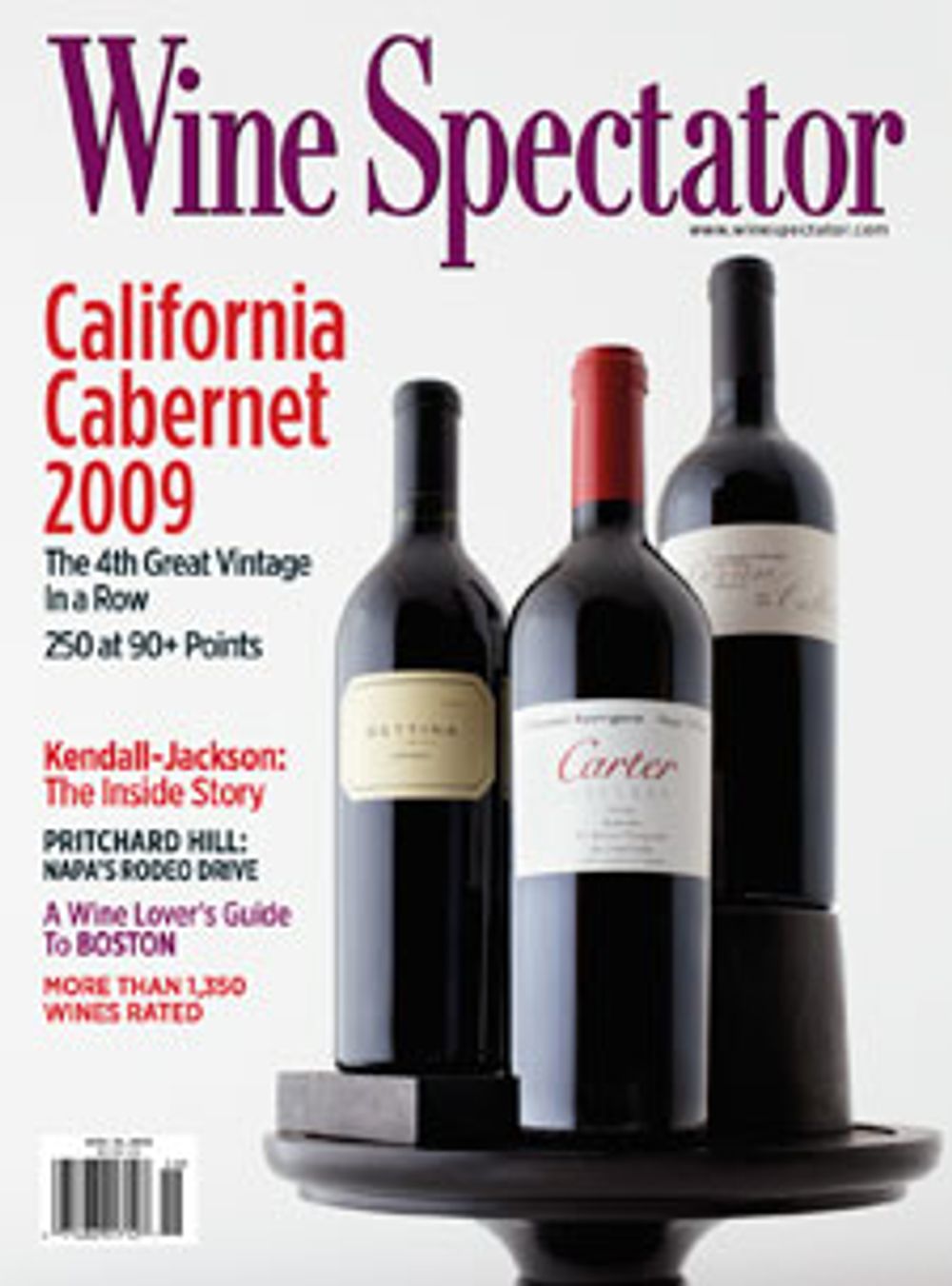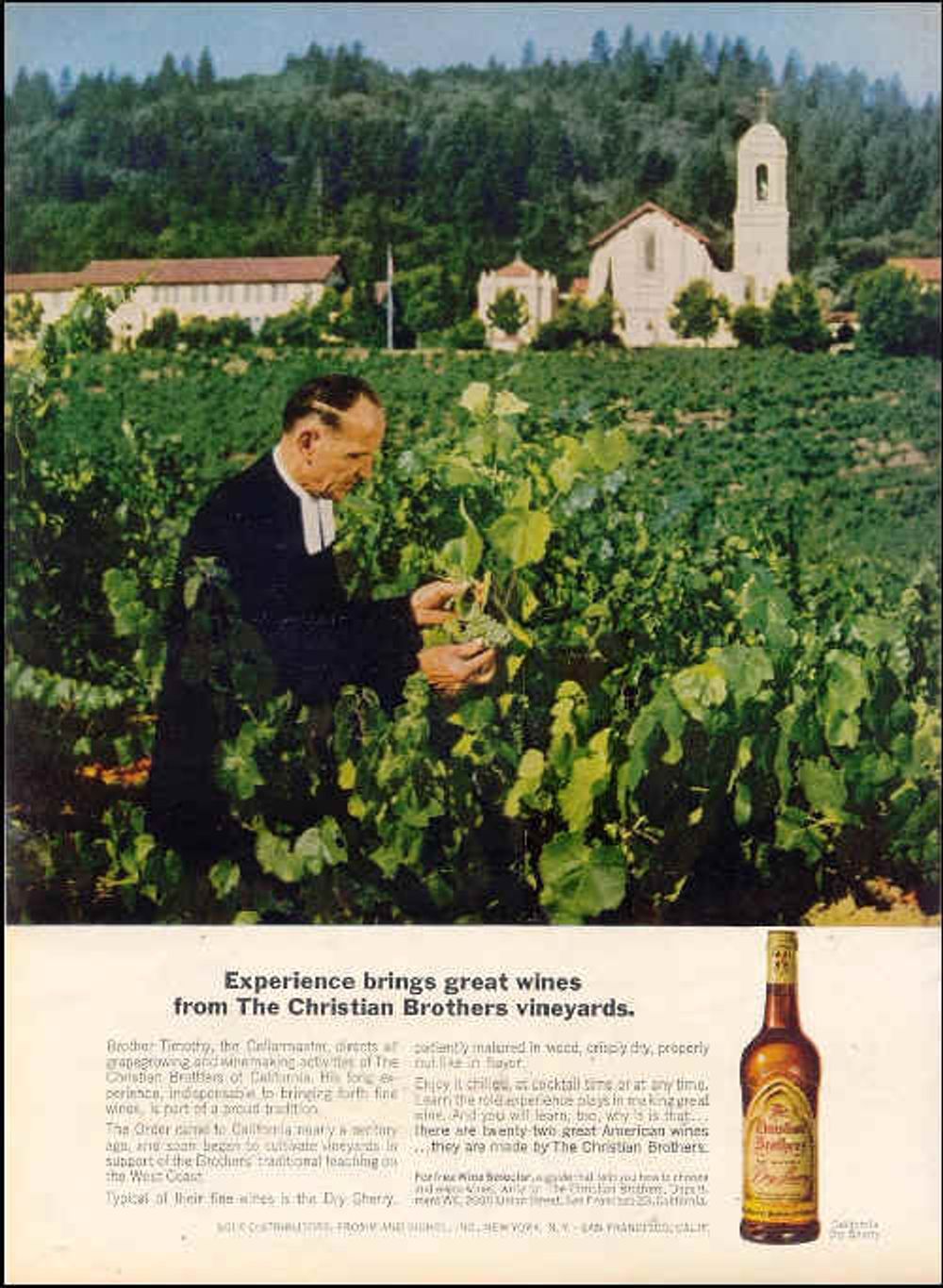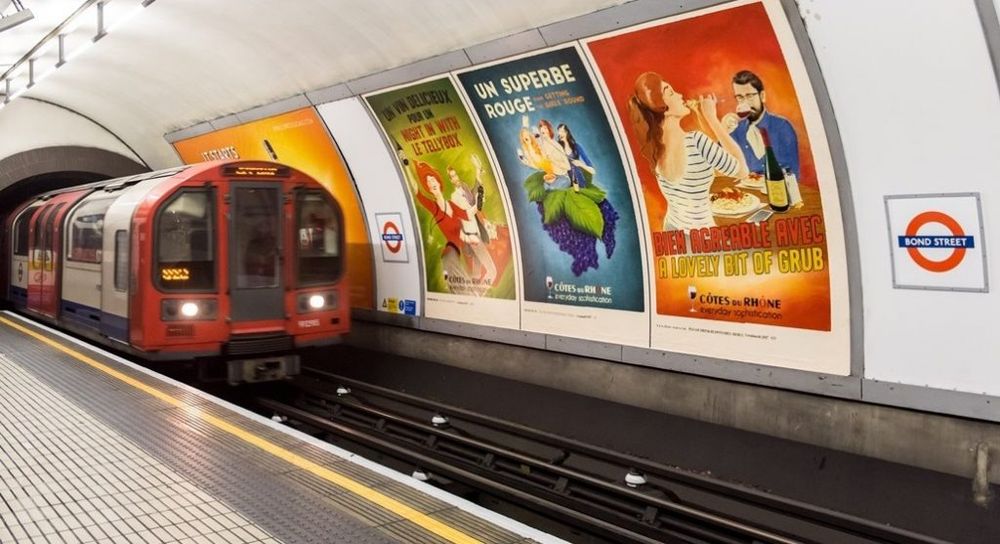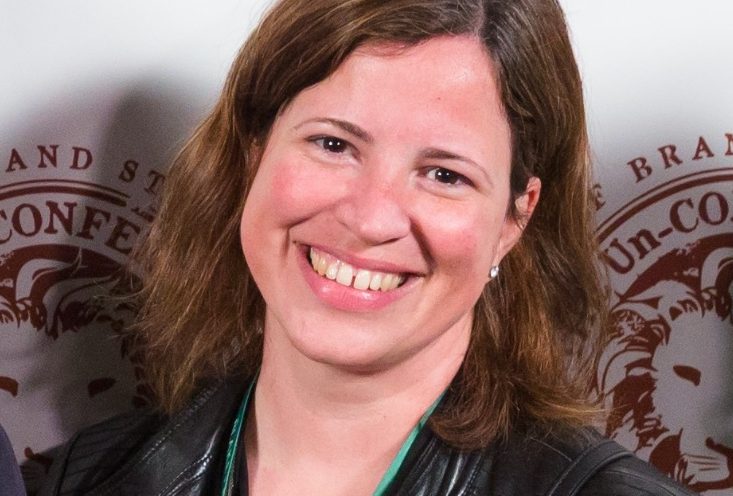When were you last swept away by a piece of wine advertising? Compared to other drinks categories we continue to push education and not emotion as our primary marketing tool. Please no more, urges Reka Haros.
Why Wine Communication Sucks? That was the title of the session I gave at the International Wine Clubs Association’s Workshop last year in Alba. The audience was a room filled with top executives from all over the world who all have one thing in common: they all sell wine direct to consumers. To be more exact, IWCA members have a combined turnover of more than €850 million and sell over 10 million cases annually to over 4 million active customers.
My task was to talk about wine communications, and how our industry “sucks” when communicating with consumers. For those who know me, I don’t usually sugar coat my message, and I didn’t even to this exclusive audience.
Then I read Richard Siddle’s post on The Buyer about how wine advertising should amaze AND sell wine. It immediately brought me back to that presentation and the research I had done for it. Wine communications does suck, mostly, and that is because ads do not amaze and I doubt they have an acceptable ROI against budgets spent.
Things don’t change

Some of the reasons why wine communication sucks are crystal clear in this small survey conducted back in 2013. It examined 30 consecutive issues of the Wine Spectator between 2010 and 2012 (seven to five years ago!) and looked at 872 separate ad placements. If you pay attention to wine advertising, you might guess that most looked the same. In this case, there were 86% with an image of a bottle and 66% talked about some sort of geographical component.
Today if you open any well-known wine magazine, the ad images aren’t that different. Looking at today’s images through an ex-advertising executive’s eyes, they are not only boring, but they also fail to stand out with whatever messages they might have. The readers’ eyes have not only gotten used to seeing the same kind of images over and over again, but the ads also fail to promote any kind of emotionally relevant information to the reader. How can anyone remember any of these ads when none of them are memorable?
Advertising with emotional content is on average nine times as effective at driving sales than non-emotional advertising as shown by WARC event report, “Procter & Gamble Validates Emotional Marketing,” by Steven Whiteside, March 2015.
It’s not just about the product
But in 2017, the wine industry continues to focus on placing the product on the frontline. Why do we think that putting pictures of bottles, that all look the same except for the labels – and those usually suck too – is an effective form of advertising? Why don’t we make the consumer the hero of our brand story? When an ad manages to evoke any sort of emotion, or relatedness, then that ad automatically has higher chances of becoming memorable. Consequently the brand name will most probably be remembered. Instead in our wine industry, we love to make our bottles the heroes, the champions, the gods and goddesses of our communications.
Looking at how major regional bodies are dumping money into ad campaigns that are truly questionable, makes me wonder how any communications executive or director would allow these campaigns to go live. I will not name names here, but millions of euros and dollars are being spent on ad campaigns that do not call for action, that do not evoke any emotion, are most of all are not memorable. They also totally lack any consumer insight or fail to translate the insight into creative work.
Why should a consumer care about your region based on an ad that doesn’t talk to him or her as a person? There are too many examples out there and I am yet to read about unbiased real positive results (not self-serving reports).

Has traditional wine advertising really moved on from this classic from the 1970s
We need to ask ‘why’?
We are pushed to rely on data, on Big Data, and look at numbers that represent correlations between them, but in our fast-moving days we forget to look at what Big Data can’t explain. The why of consumers. We know the who, what, when, where, and how of our consumers’ habits and behaviours, but we are not digging three layers under for their “why-s”!
Numbers are not feelings nor emotions, and feelings of nostalgia or pride, for example, cannot be measured through digital action. We need to remember that and make sure we connect with our consumers through their emotions, not only through their digital behaviours. As Martin Lindstrom would say, rituals and community are very important for our sector’s consumers, and I can’t remember seeing memorable ads that go in these directions.
Too obsessed with ‘education’
Then there is this obsession with education. “How to be a wine expert – tips from XZY” is a title I see everywhere. I get it, it’s important and I believe in the power of education. But, I also believe it’s gone a bit too far. It has created this notion that to be able to even say “wine” one needs to be knowledgeable about wine. That if you don’t know enough about WINE you are not good enough for the trade, and not good enough as a simple consumer.
This sort of communication has led to making wine exclusive, while our alcoholic beverage competitors are mainly inclusive and approachable in their communications. How are we, as industry, communicating with the new wine drinking generation? Here is a perfect example:
So instead of focusing so much on education, why not focus a bit more also on creating experiences? Customers don’t pay for the wines they are tasting, but for a great story they will be able to tell to their friends. And that story has to make them look good and cool in the eyes of others. At that point, you and your brand become a memorable experience in your customers’ minds, and they will be spreading your story. And guess what, they would not only be spreading the word about your brand, they will be recommending it, and in that process, they have also learned a great deal about wine.
Promotions – don’t get me started
And finally, wine communications suck when it is all and always about price promotions. I asked the audience during my session to take their phones out and check on their own websites. All of them had promotions flashing on their home page. As American author and entrepreneur, Seth Godin, says: “Over time, though, in a competitive market, the quest for the bottom leads to brutality. The brutality of harming your suppliers, the brutality of compromising your morals and your mission. Someone else is always willing to go a penny lower than you are, and to compete, your choices get ever more limited.”
And then we complain about not making enough money in this industry…

The recent Cote du Rhone campaign was a step forward in using humour rather than education to try and engage with wine drinkers
Can you answer these questions?
Your wine communication sucks when you are making consumers rationally think about prices, discounts, payments, and about how they need to be experts to enjoy wine. Your communications will probably be OK when you are customer obsessed, and that means having the answers to the following questions:
- How are you making your brand memorable to your club members/customers?
- What problem are you solving for them?
- What are their ‘why-s’?
- Are you curious enough to know?
- Are you asking enough questions – digging three layers under?
- Who is the hero in your communication?
- After all, have you written a proper and effective creative brief?
Your wine communications will definitely not suck if you can move people emotionally. As brain and neurology expert, Jill Bolte Taylor, says: “Although many of us may think of ourselves as thinking creatures that feel, biologically we are feeling creatures that think.”
No matter if your customer is the final wine drinker or the purchasing manager of a prospect client.
- Reka Haros is global marketing communications director at closure producers and distributors, Vinventions, and co-owns the Sfriso winery in Italy.
































